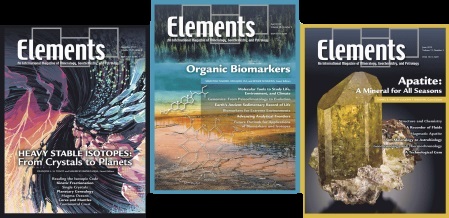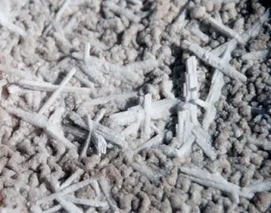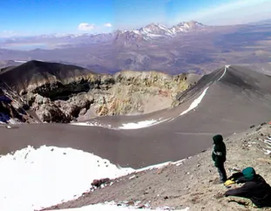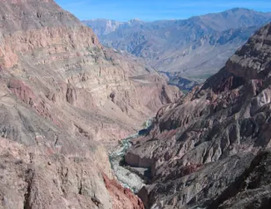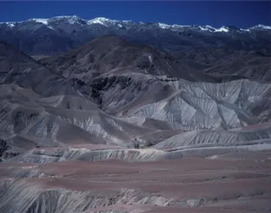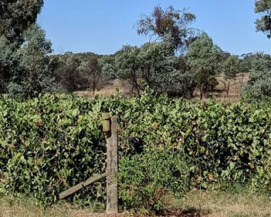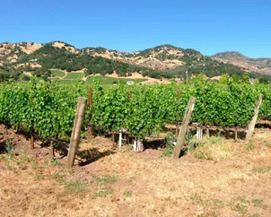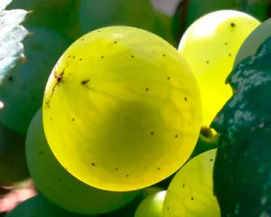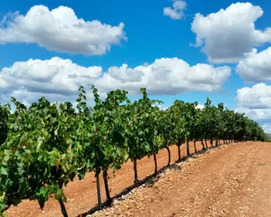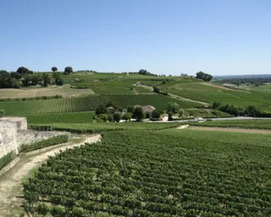Nitrate Deposits of the Atacama Desert: A Marker of Long-Term Hyperaridity
The nitrate deposits of the Atacama Desert are unique when one considers that in most surface environments nitrate is produced or consumed by biological processes and is easily washed away by rain. Nitrate deposits have puzzled geologists since Charles Darwin’s visit to the Atacama in 1835 and several hypotheses have been proposed to explain their origin. Here, we review our current understanding of the nitrate deposits in the Atacama Desert and show that nitrate’s primary origin is predominantly atmospheric. However, its massive accumulation and preservation specifically in Atacama is due to the serendipitous convergence of climatic, tectonic and hydrologic conditions that are unique to the Central Andes.
Nitrate Deposits of the Atacama Desert: A Marker of Long-Term Hyperaridity Read More »

